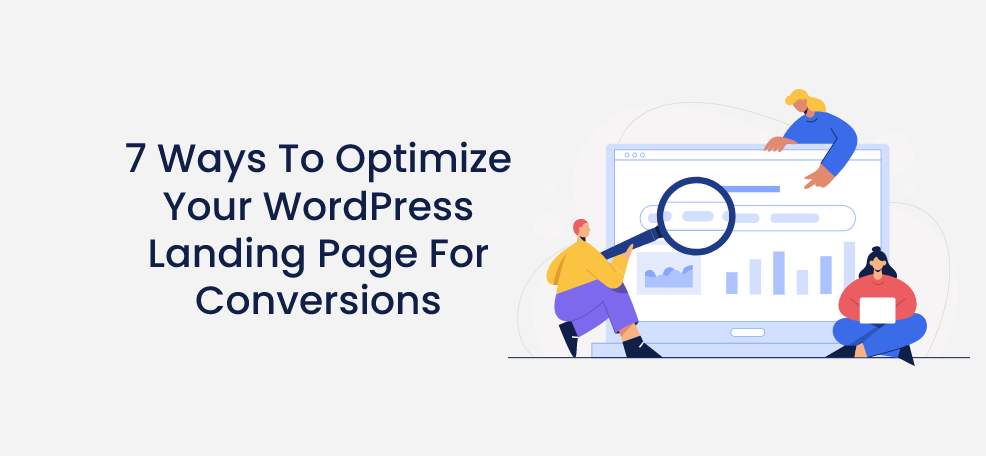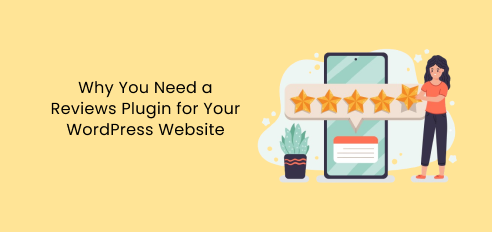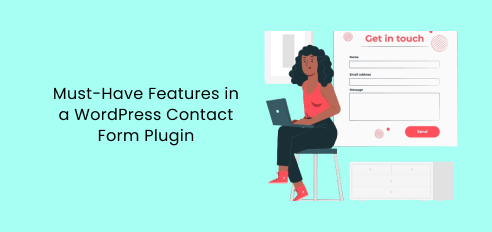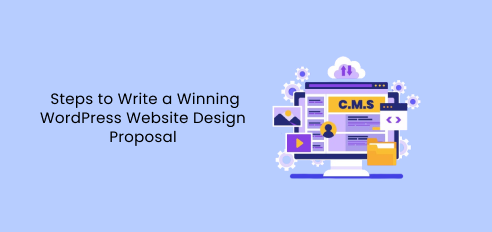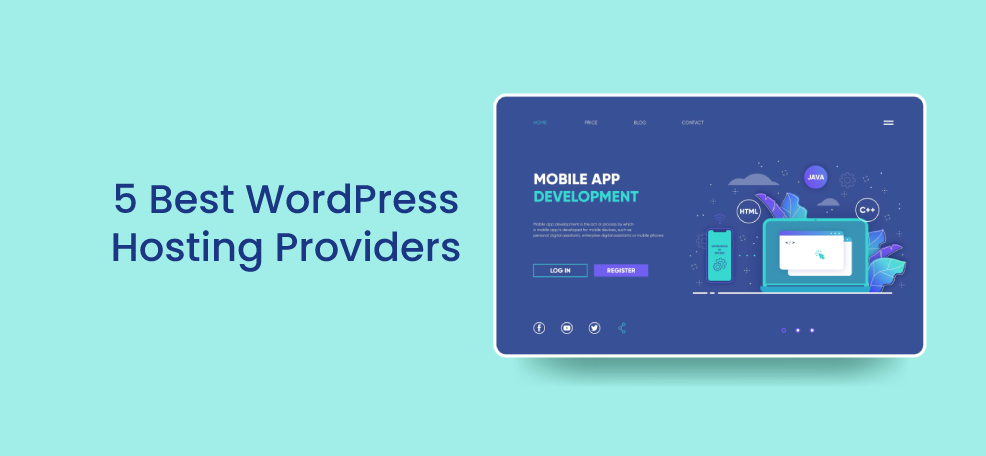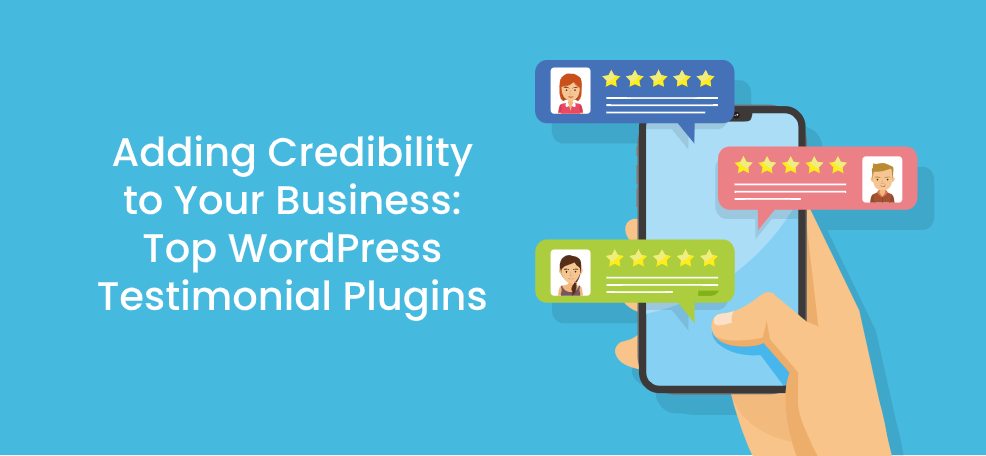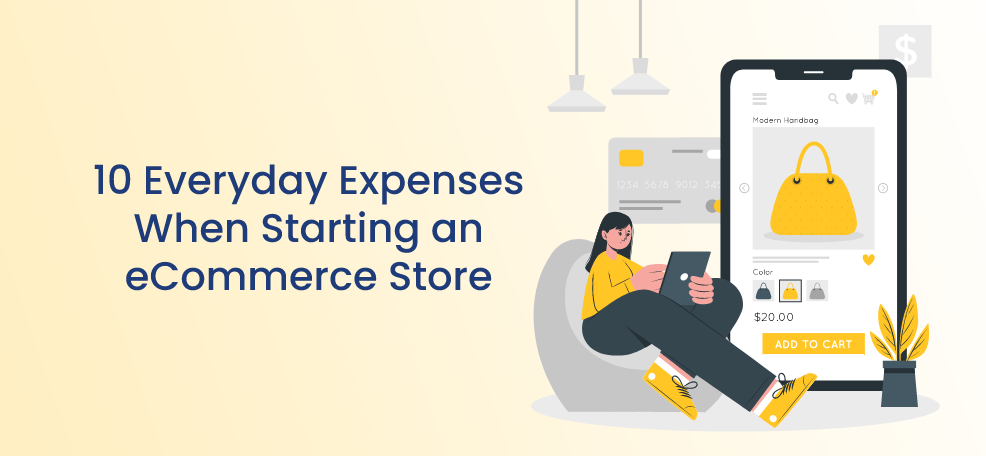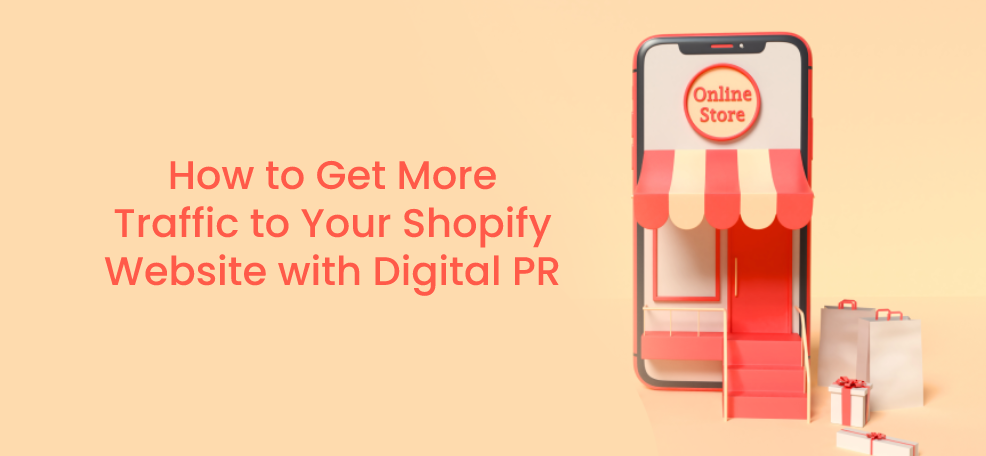A landing page is an integral part of your WordPress website or blog.
It’s where you send your visitors for taking action—whether it’s signing up for a free trial, downloading an eBook, subscribing to your email list, or making a purchase.
Moreover, it’s usually the first point of contact potential customers have with your business and determines if they’ll stay and convert or bounce off.
As important as landing pages are for advancing your product or service offering—not all landing pages effectively bring high conversions. And one major factor that determines their success is conversion optimization.
Simply put, landing page optimization is the process of improving different elements of your landing page to boost conversions and sales. This can be your blog, a few pages on your website, or as simple as a few call-to-actions.
This article will take you through seven ways you can optimize your landing page for conversions. But first, let’s go through an overview of the purpose and benefits of a landing page.
Benefits of a WordPress landing page
A landing page allows you to capture your visitor’s attention through a marketing campaign or a promotional content piece to introduce them to your product, service, or content offering while collecting their contact information to push them down the sales funnel.
Here are the benefits it offers:
1. Brings leads and conversions
Landing pages have a single goal—to bring you more leads and conversions. In fact, as per a Hubspot study, the average landing page conversion rate is 9.7%, which is an excellent number given how 10% is the benchmark for good conversion.
Landing pages help you generate leads because they are created specifically to capture your prospect’s contact details. You can then nurture them through various lead nurturing methods like email marketing by building a list and content marketing by building a strategy to ultimately convert a percentage of them into paying customers.
2. Helps promote products/services
While your website can have only one homepage or “About Us” page, you can create different landing pages for different products or campaigns.
Landing pages are more targeted because each seeks to promote one offer or product, as shown below. This helps you spotlight one product or service at a time, track its success, and get more qualified leads.
3. Builds trust and credibility
By addressing a specific pain point your audience faces and presenting your product/service as a solution, landing pages help you establish trust with your visitors.
Moreover, social proof in the form of testimonials or companies you’ve helped is a crucial element of landing pages—this further enhances your brand’s credibility and helps drive more conversions.
4. Helps sell digital products
If you sell digital products like online courses, webinars, or eBooks, landing pages are an excellent way to get more sign-ups or downloads.
You can create a dedicated landing page for each one of your digital products and target specific audiences. This is how Roota Mittal has created a separate landing page to sell her online course, Marketing Accelerator.

5. Easy to use and free
The cherry on the top with WordPress landing pages is—they’re free, easy to make, and don’t require any special coding or technical knowledge.
WordPress also offers many customizable landing page themes. Further, you can use plugins to add elements to your landing page to make it more engaging and better optimized for conversions. Subscribe Forms, for instance, is a plugin that allows you to create forms within your landing page and even integrate them with your email software.

Now that you know all that a landing page can do, and help you achieve, let’s explore how you can optimize yours to reap the benefits.
7 ways to optimize your WordPress landing page
Making a landing page isn’t tricky, but making a high-converting one is where the real struggle lies.
Whether you’re creating a landing page for your company from scratch or you’ve created one but aren’t satisfied with the results, here are some tips to help you optimize it:
1. Use a benefit-driven headline and call to action (CTA)
Renowned copywriter Ted Nicholas says 73% of buying decisions are made at the headline.
A great headline hooks the reader by addressing a pain point and communicating the benefits of your offer. Koboko Fitness is a great example of this—their headline instantly grabs your attention, and the promise of “changing your life” keeps you engaged on the page to find out more.

Next, your CTA is another crucial aspect of your landing page—keep it crisp but descriptive, telling your audience exactly what they’ll gain after converting.
For instance, instead of just saying “Download Now,” go for “Download your free eBook now”—this clearly highlights what prospects will get by clicking on the CTA button, i.e., a free eBook, and tempts them to take action. Elise Darma here uses this same strategy to promote her Instagram masterclass.

The key is to make your headline and CTA benefit-oriented by telling visitors what’s in it for them—this way, they’ll be much more likely to convert.
2. Add appealing visual elements
Another way to optimize your landing page for conversions is by adding visual elements like images, graphs, and videos.
These can help break up the text on your landing page and make it more engaging and interactive. Besides, they can also improve its convertibility—given how humans process images faster and better.
OkDork uses its founder’s picture on the landing page, which helps establish a personal connection with visitors.

Images become even more important when you’re selling a physical product—it helps people understand what they’re buying and builds trust and credibility.
Pro tip: Use contrasting colors in your landing page, as Hootsuite does below, so critical elements like your headline and CTA can stand out.

3. Optimize it for keywords
Would you prefer having a stunning landing page that shows up on the fifth page of search results or a decent-looking one that shows up on the first page?
Most people would choose the latter, and the key to achieving it is to optimize your landing page for search engines. This will increase your landing page’s visibility, help prospects discover your business, and boost website traffic and conversions from potential customers.
The first step in this direction is to use keywords your target audience is likely to search for in your headline, copy, and image alt text—like Hotjar here.

Another crucial aspect of search engine optimization is mobile optimization, which brings us to our next point.
4. Make it mobile-friendly
Given how Google favors mobile optimization and how nearly half of the web traffic worldwide comes from mobiles—making your landing page mobile-friendly is a need more than a choice now.
Here are some best practices for this:
- Make your headline short, specific, and compelling.
- Keep your landing page simple with crisp information and suitable font size.
- If the purpose of your landing page is only to get people to subscribe to your newsletter or download an asset, keep the lead form short and ask for only necessary information.
- Use a plugin like myStickymenu to place sticky bars on your landing page—so elements like your CTA are always visible when visitors are scrolling.
- Keep images and videos to a minimum and compress images to increase page load speed.
- Use tools like Test My Site to conduct speed tests on your landing page to find out where you can improve.
Trello’s landing page here ticks all these boxes and provides an excellent mobile experience.

5. Use scarcity techniques and testimonials
A powerful way to boost conversions on your landing page is to create a sense of scarcity or urgency.
According to the Academy of Marketing Science, scarcity can increase the perceived value of and demand for products. So, telling visitors your offer is in high demand or limited can help you drive more conversions as it compels them to take action now, not later.
To take it up a notch, you can also add a countdown timer to show visitors how much time they have till the offer runs out.
What can further guide visitors to take immediate action is social proof. Make sure to include testimonials, reviews, and case studies on your landing page, as Visme does below. This helps convince prospects of the results and benefits you can bring them, making it easier for you to convert them.

5. Add live chat for customer support
A live chat to offer real-time support to visitors can be a fantastic addition to your landing page and increase its efficiency.
Here’s how:
- It helps you monitor visitor behavior on your landing page and provide proactive chat support based on it.
- It can reduce bounce rates and improve visitor experience—by helping them navigate your website and solving their pain points then and there.
- It gives you insights, like what questions visitors commonly ask, so you know where your landing page is lagging and how you can improve it to solve all their queries.
A live chat can considerably improve your conversion rates by making it convenient for visitors and providing valuable data insights you can use for tweaking elements for improvement.
There’s also a wide variety of live chat software and WordPress plugins you can choose from based on your requirements and budget. For instance, Chaty here is a great plugin that allows you to add a “chat button” on your landing page to communicate with your visitors easily.
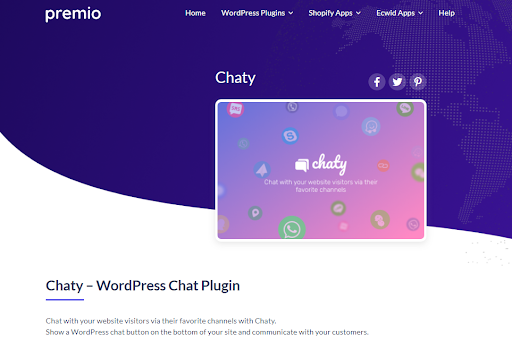
- Test different variants, headlines, and copy
Every element of your landing page—the headline, copy, color, visuals, CTA—can affect how visitors react to it, and thus, your conversion rates.
This makes it important to collect data to regularly analyze and improve your landing page to arrive at the highest-converting combination for yourself.
It’s best to use tools like heatmaps, scroll maps, and session recordings for this purpose. These tools help you understand the visitor journey, see how they interact on your landing page, and why and where they bounce off, so you can make improvements accordingly.
Crazy Egg’s WordPress plugin here offers these tools for self-hosted WordPress websites.

Another way to understand what works and doesn’t on your landing page is to run A/B tests—testing variants of your page side-by-side to see which one performs better.
While many tools are available for testing, you can A/B test with Google Optimize in WordPress for free.
And remember, every A/B test should include a change to a single element of your landing page. If you change multiple parts together, it’ll be difficult to discern what triggered the change in conversions.
Conclusion
The key to boosting conversions on your WordPress landing page is to improve visitor experience—whether it’s by making it mobile-friendly, visually pleasing, or offering real-time assistance.
If implemented properly, the strategies mentioned above can help you provide a positive experience to visitors and turn the game around for your landing page.
And remember, the most important thing when it comes to landing pages is to keep testing. It’s not until you test that you’ll know what works for you and your audience.
Author bio
Eduard Klein is an International Digital Growth Marketer, Blogger, and Entrepreneur with a global mindset. He guides through the process of starting and growing a digital business, and riding the wave of digital technology and marketing without getting swept away.
